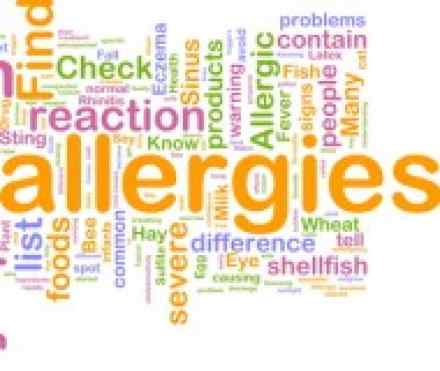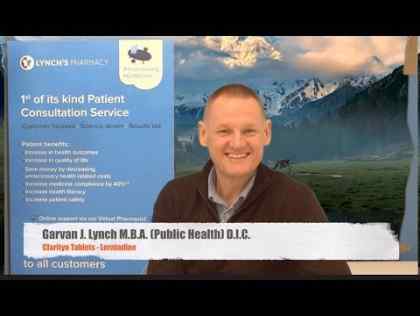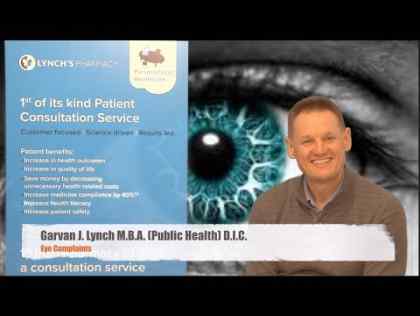
What is it?
Milk allergy is one of the most common food allergies in children. Although cow's milk is the usual cause of milk allergy, milk from sheep, goats and buffalo can also cause a reaction. And, some children who are allergic to cow's milk are allergic to soy milk too.
A milk allergy usually occurs a few minutes to a few hours after you consume milk. Signs and symptoms of milk allergy range from mild to severe and can include wheezing, vomiting, hives and digestive problems. Rarely, milk allergy can cause anaphylaxis — a severe, life-threatening reaction.
Avoidance is the primary treatment for milk allergy. Fortunately, most children outgrow a milk allergy by age 3.
Symptoms
Milk allergy symptoms differ from person to person and occur within a few minutes to a few hours after ingesting milk.
Immediately after consuming milk, signs and symptoms of a milk allergy might include:
- Hives
- Wheezing
- Vomiting
Signs and symptoms that may take more time to develop include:
- Loose stools, which may contain blood
- Diarrhoea
- Abdominal cramps
- Coughing or wheezing
- Runny nose
- Watery eyes
- Itchy skin rash, often around the mouth
- Colic, in babies
Milk allergy or milk intolerance?
It's important to differentiate a true milk allergy from milk protein intolerance or lactose intolerance. Unlike a milk allergy, intolerance doesn't involve the immune system. Milk intolerance causes different symptoms and requires different treatment than does a true milk allergy. Common signs and symptoms of milk protein or lactose intolerance include digestive problems, such as bloating, gas or diarrhoea, after consuming milk or products containing milk.
Anaphylaxis
Rarely, milk allergy can cause anaphylaxis, a life-threatening reaction that can narrow the airways and block breathing. If you or your child has a reaction to milk, tell your doctor about it no matter how mild the reaction was. Tests can help confirm a milk allergy, so you can take steps to avoid future and potentially worse reactions. Anaphylaxis is a medical emergency and requires treatment with an epinephrine (adrenaline) shot and a trip to the emergency room. Signs and symptoms start soon after consuming milk and can include:
- Constriction of airways, including a swollen throat that makes it difficult to breathe
- Facial flushing
- Itching
- Shock, with a severe drop in blood pressure
Causes
All food allergies are caused by an immune system malfunction. Your immune system identifies certain milk proteins as harmful, triggering the production of immunoglobulin E (IgE) antibodies to neutralize the protein (allergen). The next time you come in contact with these proteins, these IgE antibodies recognize them and signal your immune system to release histamine and other chemicals. Histamine and other body chemicals cause a range of allergic signs and symptoms. Histamine is partly responsible for most allergic responses, including runny nose, itchy eyes, dry throat, rashes, hives, nausea, diarrhoea, labored breathing and anaphylactic shock.
There are two types of protein in cow's milk that can cause an allergic reaction:
- Casein, which is found in the solid part (curd) of milk that curdles
- Whey, which is found in the liquid part of milk that remains after milk curdles
You or your child may be allergic to only one milk protein or allergic to both casein and whey. These proteins are not only present in milk — but also are found in processed foods. Additionally, most people who react to cow's milk will also be allergic to sheep, goat and buffalo milk. Less commonly, people allergic to cow's milk are also allergic to soy milk.
Risk factors
Certain factors may put you at greater risk of developing a milk allergy:
- Other allergies. Many children allergic to milk also have other allergies. Often, however, milk allergy is the first to develop.
- Atopic dermatitis. Children with this type of skin reaction are much more likely to develop a food allergy.
- Family history. You're at increased risk of a food allergy if one or both of your parents have a food allergy or another type of allergy — such as hay fever, asthma, hives or eczema.
- Age. Milk allergy is more common in children. As you grow older, your digestive system matures and your body is less likely to react to milk.
Complications
Children who are allergic to milk are much more likely to develop certain other health problems, including:
- Allergies to other foods — such as eggs, soy, peanuts or even beef
- Hay fever — a reaction to pet dander, dust mites, grass pollen and other substances
Diagnosis
When food is the cause of an allergic reaction, it isn't always easy to pinpoint the exact food that's to blame. To evaluate whether you or your child has a milk allergy, your doctor may:
- Ask detailed questions about signs and symptoms
- Perform a physical exam
- Have you keep a detailed diary of the foods you or your child eats
- Have you eliminate milk from your diet or your child's diet (elimination diet) — and then have you add back the food to see if it causes a reaction
He or she may also recommend one or both of the following tests:
- Skin test. In this test, your skin is pricked and exposed to small amounts of the proteins found in milk. If you're allergic, you develop a raised bump (hive) at the test location on your skin. Allergy specialists usually are best equipped to perform and interpret allergy skin tests. This type of test isn't always accurate for detecting a milk allergy.
- Blood test. A blood test can measure your immune system's response to milk by measuring the amount of certain antibodies in your bloodstream, known as immunoglobulin E (IgE) antibodies. A blood sample is sent to a medical laboratory, where it can be tested for evidence of sensitivity to milk. However, this test isn't always accurate in correctly identifying a milk allergy either.
If your doctor suspects your symptoms are caused by something other than a food allergy, you may need other tests to identify — or rule out — other medical problems.
References
https://www.foodallergy.org/allergens/milk-allergy
http://www.healthline.com/health/allergies/milk
http://acaai.org/allergies/types-allergies/food-allergy/types-food-allergy/milk-dairy-allergy
https://www.allergyuk.org/common-food-intolerances/dairy-intolerance



